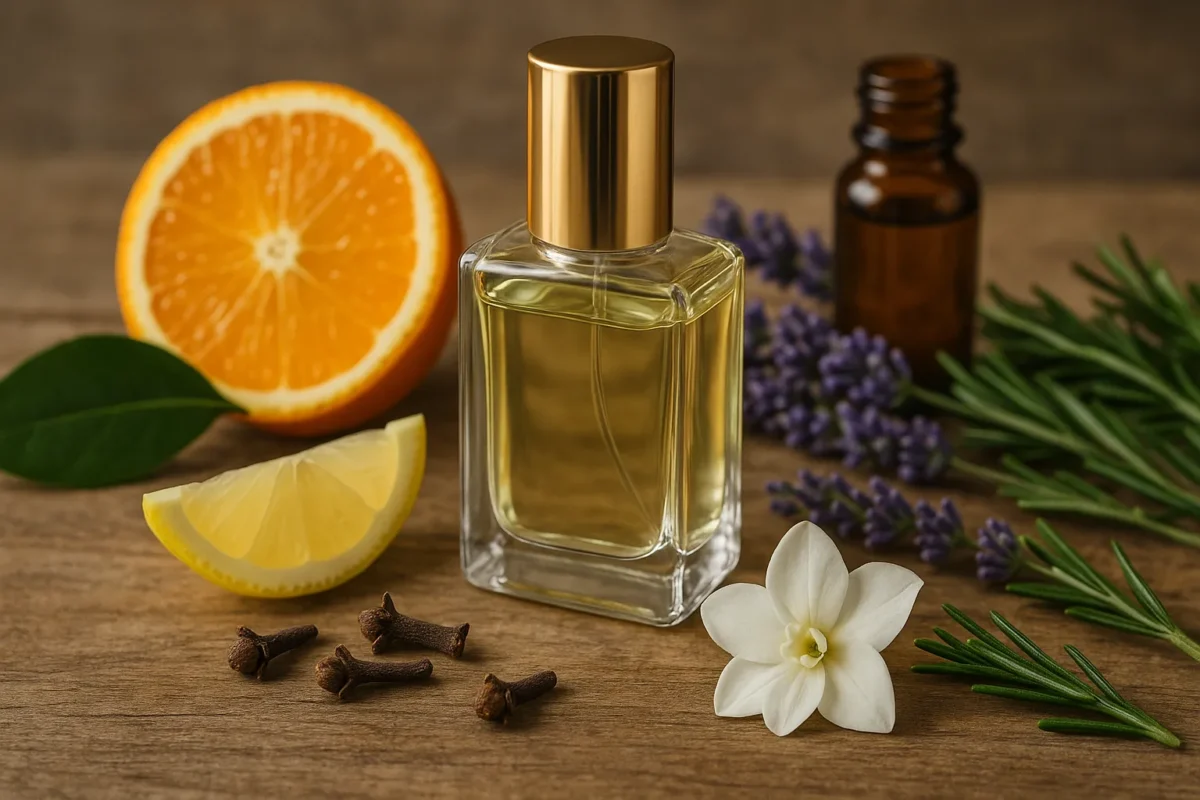Essential Oils and Fragrance Notes for Perfume: A Comprehensive Guide
When it comes to creating the perfect perfume, essential oils play a crucial role in determining the overall fragrance profile. Essential oils are concentrated liquids extracted from plants, flowers, fruits, and other natural sources. These oils not only provide aromatic benefits but also offer therapeutic properties. Understanding different essential oils and their fragrance notes is key to crafting unique and captivating perfumes.
What are Essential Oils?
Essential oils are volatile compounds that are extracted through various methods such as steam distillation, cold pressing, or solvent extraction. These oils capture the essence of the plant they are derived from, including its aroma and beneficial properties. Each essential oil has its own distinct scent profile that can range from floral and citrusy to woody and spicy.
Fragrance Notes in Perfume
Perfume composition is often categorized into three main fragrance notes: top notes, middle notes (or heart notes), and base notes. Understanding how these fragrance notes interact with each other is essential in creating a well-balanced perfume that evolves over time.
Top Notes
Top notes are the first scents you perceive when you initially apply a perfume. These notes are light, fresh, and fleeting, typically lasting for around 15-30 minutes. Common top note essential oils include citrus fruits like bergamot, lemon, and grapefruit.
Middle Notes
Middle notes emerge once the top notes have evaporated. They form the heart of the fragrance and last longer than the top notes, usually up to 2-4 hours. Floral essential oils such as rose, jasmine, and lavender are often used as middle notes in perfumes.
Base Notes
Base notes provide depth and longevity to a perfume formulation. These rich and heavy scents develop over time as the top and middle notes fade away. Popular base note essential oils include patchouli, vanilla, sandalwood, and musk.
Popular Essential Oils for Perfume Making
There is a wide variety of essential oils available for perfumery, each offering unique olfactory characteristics that can be combined to create complex scent profiles. Some popular essential oils used in perfume making include:
- Lavender: Known for its calming aroma
- Rose: Adds a romantic floral touch
- Sandalwood: Provides a warm woody base
- Bergamot: Citrusy top note with a hint of spice
- Vanilla: Sweet base note with gourmand qualities
Experimenting with Essential Oils
The art of perfume making lies in experimenting with different combinations of essential oils to create unique fragrances that resonate with individual preferences. By understanding the characteristics of each essential oil and how they interact within fragrance families (such as floral, oriental, or woody), perfumers can craft signature scents that evoke specific emotions or memories.
Whether you prefer light floral scents or deep musky undertones, there is an endless array of essential oils waiting to be explored in the world of perfumery.

